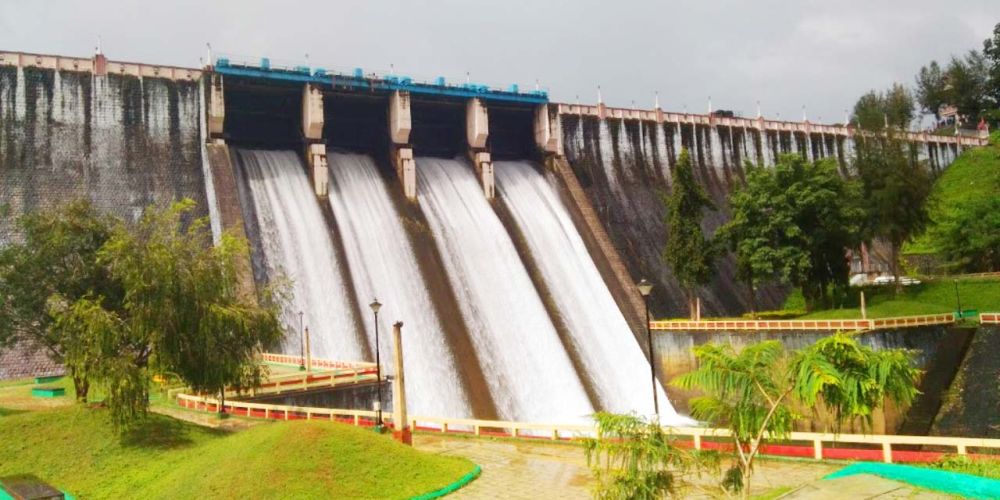

Situated along the southern stretches of the Western Ghats in the Indian state of Kerala, the Neyyar Dam is a popular tourist attraction that has a rich history intertwined with the natural beauty and cultural heritage of the region. Constructed in 1958, the dam was built across the Neyyar River and was aimed to serve the purposes of irrigation and drinking water supply. Over time, however, it has emerged as a sought-after destination for those looking to escape the hustle and bustle of city life and immerse themselves in nature.
The early history of tourism at Neyyar Dam is closely linked with the overall growth in popularity of Kerala as a whole, marketed under the branding "God's Own Country". As eco-tourism began taking root in the 1980s and 1990s, destinations like the Nehyar Dam, with its serene waters, lush forests, and rich biodiversity, started attracting tourists from not just other parts of India but globally too. The establishment of the Neyyar Wildlife Sanctuary in 1958, alongside the initiation of the dam construction, also spurred interest among wildlife enthusiasts and nature lovers.
Several factors contributed to the escalating interest in Neyyar Dam as a tourist spot. The tranquil waters of the dam are perfect for leisurely boat rides, making it a great spot for family picnics and romantic getaways. The wildlife sanctuary, home to fauna like Asian elephants, tigers, leopards, and the rare Asian lion-tailed macaque, became a strong draw for wildlife photographers and researchers. Adding to this, the Agasthyakoodam peak, part of the sanctuary, is a pilgrimage site for devotees and a trekking spot for adventure enthusiasts. The Sivananda Yoga Vedanta Dhanwantari Ashram, located near the dam, offers yoga and meditation courses, attracting health and wellness tourists.
In recent years, sustainable tourism has become a key focus, with initiatives aimed at preserving the area's natural ecosystems while promoting tourism. Activities like bird watching, trekking, and nature camps are popular. The government and tourism boards have also invested in improving infrastructure that not only leads to the dam but also ensures the surrounding environments are kept pristine.
The introduction of adventure tourism with rock climbing, rappelling, and trekking attracts a younger demographic. Meanwhile, local homestays and eco-resorts are gaining popularity over traditional hotel accommodations, providing tourists with an authentic experience of Malayalee culture and hospitality.
The Neyyar Dam and its environs stand as a fine example of Kerala's commitment to balancing tourism with ecological conservation. As tourism trends evolve, Neyyar Dam continues to retain its charm and draw tourists year after year, promising a tranquil retreat into the lap of nature. Whether for the pursuit of adventure, spirituality, or simply relaxation, Neyyar Dam remains a jewel in the crown of Kerala's tourism industry.